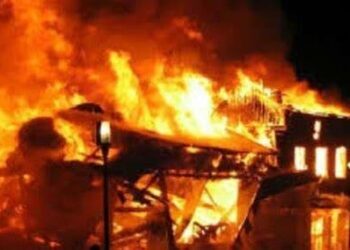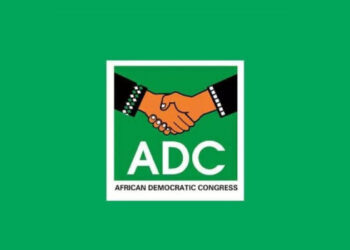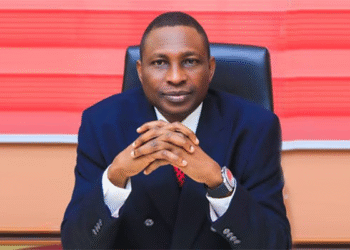The Northern Elders Forum (NEF), on Wednesday, expressed deep concern over what it describes as a systematic exclusion of Northern Nigeria, particularly the North East, in the Federal Government’s latest round of infrastructure funding approvals.
The Federal Government of Nigeria (FGN) recently approved funding for a range of high-profile road and rail projects, many of which are concentrated in the southern regions. NEF, however, sees this development as evidence of a disturbing trend of marginalization.
In a statement by its spokesperson, Professor Abubakar Jika Jiddere, the NEF criticized the regional imbalance in capital allocations, warning that continued neglect of the North could have grave national consequences.
He said: “The recent pattern of capital investment reveals a troubling regional imbalance that heavily favors Southern Nigeria, while ignoring the urgent infrastructure needs of the North, especially the North East, which remains the most fragile and underserved part of the country.
“While the government points to projects such as the Abuja–Kano Expressway (₦252 billion) and the Wusasa–Jos Road (₦18 billion) in the North Central and North West as evidence of inclusion, these are insufficient and largely tokenistic when compared to the massive allocations directed to Southern States.
“The following are just a few examples of the regional disparity in current federal infrastructure allocations: Lagos–Calabar Coastal Highway – ₦1.344 trillion; Delta State section of Lagos–Calabar Coastal Highway – ₦470.9 billion.
“Second Niger Bridge (completion) – ₦148 billion; Lagos–Ibadan Expressway (Phase 2) – ₦195 billion; Lokoja–Benin Road – ₦305 billion; Third Mainland Bridge (Lagos – structural evaluation) – ₦3.571 billion; Ado–Ikere–Igede Road (South West) – ₦5.4 billion; Onitsha–Owerri Expressway – ₦22 billion; Abuja–Kano Expressway (North) – ₦252 billion; Wusasa–Jos Road (North) – ₦18 billion.
“It is important to note that some of these projects, like the Lokoja–Benin Road, often listed as a Northern project, merely passes through Lokoja, which is being utilized as a logistical corridor to the South.
“This shows how the North’s geography is exploited to facilitate Southern trade and transport, with no corresponding developmental investments in the Northern region itself.”
The NEF called on the Federal Ministry of Works and the Nigerian Railway Corporation (NRC) to publicly explain the gross regional disparities in infrastructure development.
It also demanded a binding commitment from Northern lawmakers, governors, and federal appointees to reject any future federal budgets that do not reflect equitable distribution.
Th forum added, “The North East, devastated by terrorism and chronic underdevelopment, is entirely excluded from these high-value federal road projects.
“Critically deteriorated highways that demand immediate attention include: Jalingo–Numan–Yola–Bama; Bauchi–Gombe Road; Gombe–Maiduguri through Biu, Gombi, Mubi, Madagali, and Gwoza;Damaturu–Gashua–Gaidam–Damasak–Gubio; The major high-way linking Nasarawa-Benue Taraba – Adamawa, and Borno State
“In North Central and North West, essential roads such as Birnin Gwari–Ilorin, Minna–Bida, Kaduna–Jos via Saminaka, and Kaduna–Minna via Sarkin Pawa continue to deteriorate after decades of federal neglect.
“Railway Infrastructure: A collapsed system in the North. Equally disturbing is the deteriorating state of Nigeria’s railway infrastructure, particularly in the Northern region.
“Most notably, the eastern rail line extending to Maiduguri (North East) a route linking Port Harcourt–Enugu– Makurdi–Lafia–Jos–Bauchi–Gombe– Maiduguri, has remained inactive for over a decade, with operations effectively halted for 10 -15 years. This line once served as a vital economic artery for cargo and passenger movement across the Northern corridor.”
Thee NEF underscored the broader implications of the neglect, saying that it has contributes significantly to national revenue through agriculture, mining, and trade, and is home to the largest population, widest territory, and highest number of local governments.











